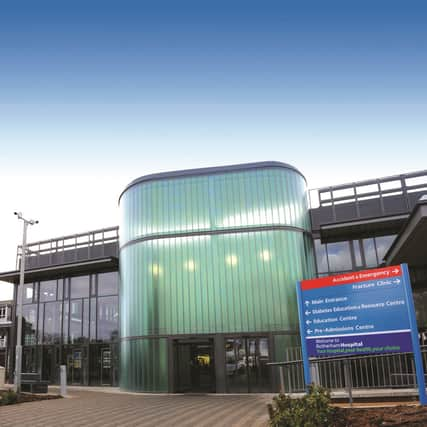Record waits in A&E


ALMOST 650 patients in a single month had to wait over 12 hours to be seen at Rotherham’s A&E — the highest figure since new targets were brought in two years ago.
The 12-hour wait total for July of 648 was more than double the June figure of 253 and almost five times the number for July 2019.
Ambulance handover delays were also at a record high, with 283 “black breaches” — hold-ups of over an hour — more than four times the previous month’s level.
More than 8,500 sought treatment during July at the Urgent and Emergency Care Centre, which deals with A&E cases and those which would have gone to the old walk-in centre.
Michael Wright, the hospital trust’s deputy chief executive, put the surge in long waits down to a combination of “high demand at the front door, difficulties in flow out of the organisation, as well as high numbers of Covid-19 patients”.
The trust’s monthly integrated performance report showed the number of patients waiting 12 hours in the UECC in July was 648 — the highest ever seen at the trust since new field test standards were piloted in May 2019.
The figure for July 2020 — just after the first lockdown — was just three patients, while two years ago it was at 142.
Mr Wright said the figures demonstrated the intense challenges experienced in the trust, which has asked people to only attend the UECC in an emergency.
The “black breaches” figures of 283 was the highest seen since December 2019 and dwarfed the June figure of 63.
In July 2020, not a single ambulance was kept waiting an hour.
The total number going to the UECC in July was 8,533 people — up more than 20 per cent from the previous year’s figure of 6,989, although but the number admitted, 2,317, was down by 300 on last July.
George Briggs, the hospital’s chief operating officer, said: “Over recent weeks, we have seen a high demand for our services.
“We have had a number of days with more than 300 attendances at the UECC, with high acuity (need for acute care) and patients requiring admission to the hospital.
“We have also had high numbers of Covid-positive patients which, at times, has equated to three wards.
“We have been working with partners to discharge patients who no longer require hospital admission, but who may require ongoing care packages. Depending on the patients’ needs, these can take time to arrange and get into place.
“While we have been busy and with people waiting a long time, we remain here for anyone who needs our attention.
“We ask that people do consider alternative options before attending the UECC so that we can focus our efforts on helping those who need medical attention the most.”
Mr Briggs advised people to consult pharmacies or call NHS 111 over non-emergency health concerns.